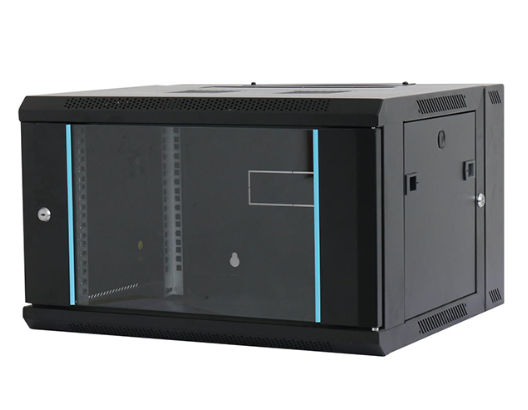News
Site Editor
 Site
https://leonetworkgroup.usa18.wondercdn.com/uploads/image/5fe152faa587d.png
A patch panel, also known as a patch bay, is a device that facilitates the routing and organization of multiple cables in a communication system. It is commonly used in data centers, telecommunications, and broadcast studios to connect various devices, such as servers, switches, routers, and modems, to a network. The patch panel helps to simplify cable management, reduce cable clutter, and improve
Site
https://leonetworkgroup.usa18.wondercdn.com/uploads/image/5fe152faa587d.png
A patch panel, also known as a patch bay, is a device that facilitates the routing and organization of multiple cables in a communication system. It is commonly used in data centers, telecommunications, and broadcast studios to connect various devices, such as servers, switches, routers, and modems, to a network. The patch panel helps to simplify cable management, reduce cable clutter, and improve
What Does A Patch Panel Look Like
Views: 444
Author: Site Editor
Publish Time: 2023-07-11
Origin: Site
A patch panel, also known as a patch bay, is a device that facilitates the routing and organization of multiple cables in a communication system. It is commonly used in data centers, telecommunications, and broadcast studios to connect various devices, such as servers, switches, routers, and modems, to a network. The patch panel helps to simplify cable management, reduce cable clutter, and improve the overall performance of the network.
A patch panel typically consists of a rectangular or square metal box that is mounted on a wall or rack. The box contains a series of female ports or jacks arranged in rows and columns. Each port is labeled with an identifier, such as a number or color code, that corresponds to a specific cable or device. The patch panel may have anywhere from 12 to 72 or more ports, depending on the size and complexity of the network.
The jacks on the patch panel are designed to accept connector plugs from cables, usually in the form of an RJ45 jack for Ethernet connections. The connector plugs can either be permanently attached to the cables or be connected using patch cords. A patch cord is a short cable with a connector plug at each end that is used to connect one port on the patch panel to another port on a different device or another patch panel.
To use a patch panel, the cables are first terminated with connector plugs that match the jacks on the patch panel. The plugs are then inserted into the jacks on the patch panel, which creates a physical connection between the cable and the device. The cables are then organized and labeled on the patch panel according to the intended usage and device.
Patch panels are available in various types and configurations, depending on the specific application. For example, some patch panels may have features such as LED indicators that show the status of the connection or the port activity. Others may have built-in switches or routers for added functionality and flexibility.
Overall, the patch panel is an essential component of a well-designed communication system. Its simplicity and versatility make it an effective tool for managing and organizing multiple cables and devices, and improving the performance and reliability of the network.
If you want to know more about industrial network cabinet,china fiber optic splice closure,china fiber optic distribution box,please consult the fiber optic splice closure factory









